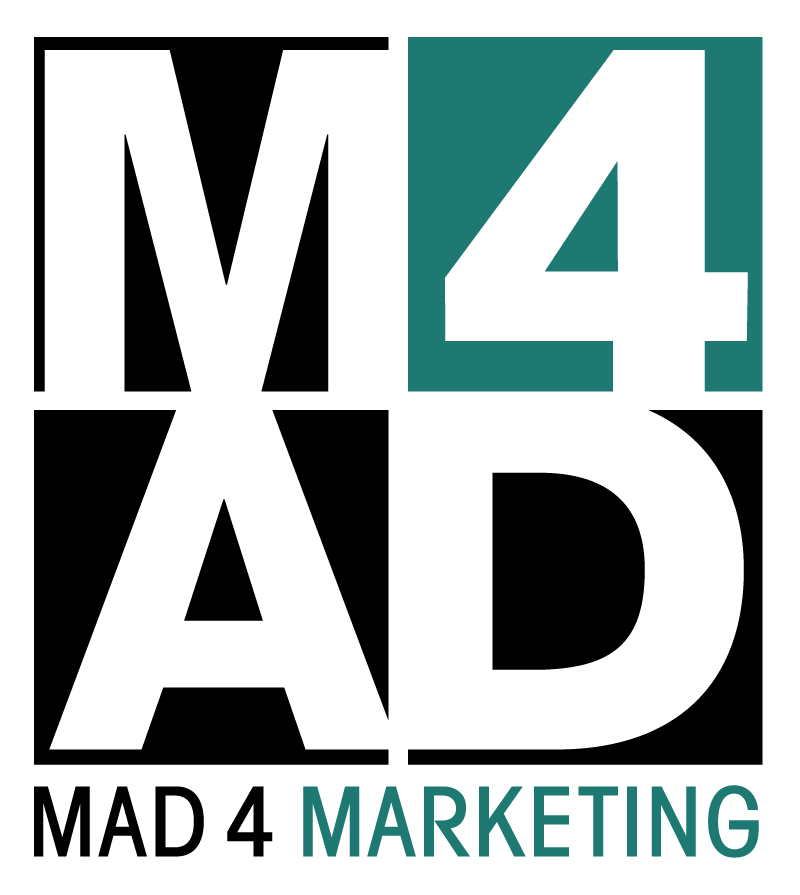Many companies are feeling a high demand for increased content production—from growing websites with in-depth product pages to steady blog posts to boost SEO, from daily social media posting across half a dozen or more platforms to the increased graphics, visual, and video creative that goes along with all of it. Then, you need to be sure it’s all high-quality, reaching the right people, and performing effectively. It can be a massive strain on time and budget.
One way to reduce that effort is to create templates for commonly used content formats. For example, blogs and newsletters likely follow the same size, shape, and design every time these are produced. But it also applies to slides/decks, videos, and more. The more you’re able to standardize your recurring deliverables, the quicker it is to produce them at the highest level and redirect energy toward things like performance analysis and tracking, or brainstorming the very best creative direction for the next set of content.
Here are three ways to successfully integrate templates and add time back to your calendar:
- Newsletter: Most content-distributing and email marketing softwares, including Campaign Monitor and Mailchimp, will allow you to build and reuse newsletter templates. This means that copy and images can be collected, approved, and dropped directly into an existing format without a lot of fussing around in design mode. It streamlines the QA and Test steps before a newsletter is distributed, letting you focus on perfecting your mail lists, links, tracking, and other important elements that can get lost in the shuffle once you scale up your email marketing outreach.
- Video: Also encompassing online workshops and webinars, pre-designing video elements that can be used again and again is a smart way to save time down the line. That means formalizing your intro and outro (the first and last few seconds) where you might briefly flash your brand name/logo or contact information and CTA. These can be customized per item, but knowing where they fall, how it will look, and more, expedites the process while ensuring consistency across visual elements. It also spurs an important conversation about visual style that many strapped companies put off until the very last second and often do not devote enough attention to, even when they’re about to put a lot of cash or energy into a high-quality, high-valued video project.
- PowerPoint: Create one standard template for all slideshows and decks. This will contain anywhere from a few to a dozen different designs for various needs, such as showcasing lists, data presentation, picture-heavy slideshows, and other options depending on your business. The set should include title cards and closing slides with information about the company. They might include brand colors and logos, as well as headers or footers with contact information. Beautiful.ai is a helpful software that enables teams to co-create and share slides with one another, reusing slides in different presentations (for example, Sales can borrow a slide created by Research), and mass-updating slides as needed across the company in a fell swoop (such as during a rebranding).
For template designs that align with your brand and are easy for the whole team to use, let us help get you started. Once designed to your satisfaction, we’ll hand over the tools for a more streamlined, scaled content production schedule going forward.

